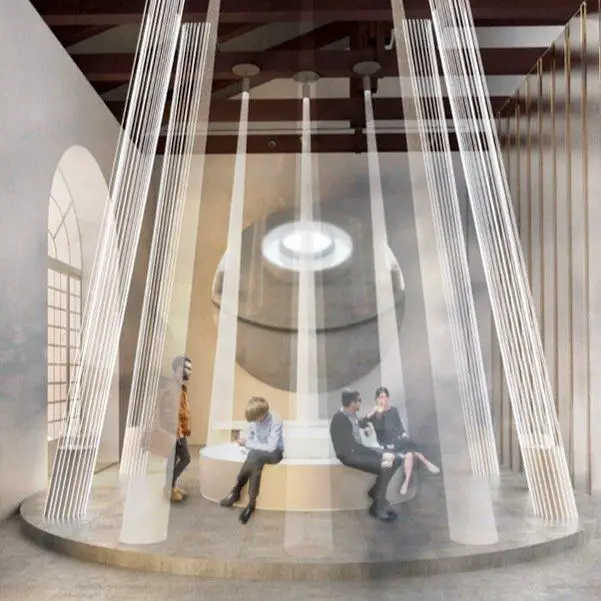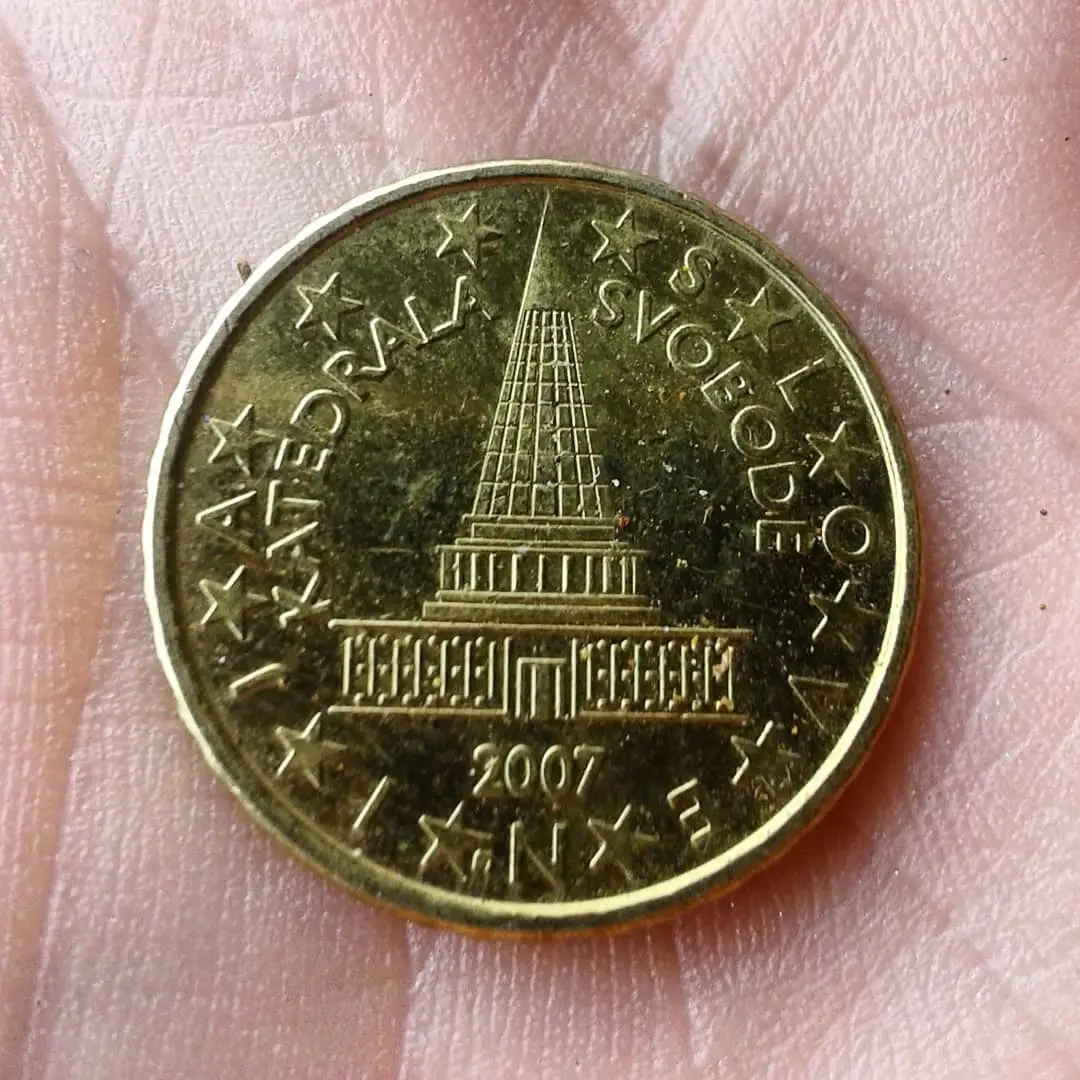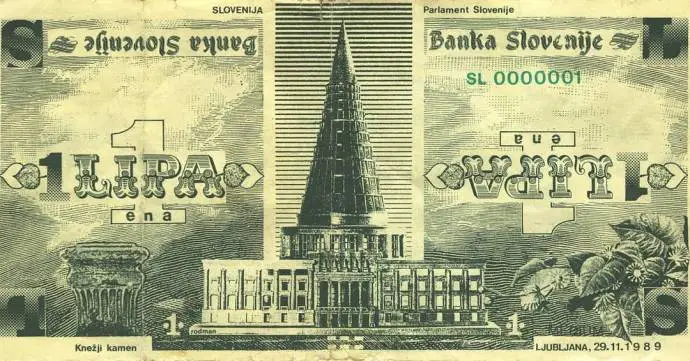The project Living with Water (Živeti z Vodo) has been curated by Matevž Čelik, the director of the Museum of Architecture and Design from Ljubljana.
He commissioned a group of 13 architects, landscape architects, urbanists, researchers and strategists to explore what attitude architecture has towards water, how this attitude has changed through history and how to put water in the focus of decision-making, the museum said in a press release.

The first installation is based on a fountain acclaimed architect Jože Plečnik (1872-1957) designed as part of his plans for a new parliament building in Ljubljana.
The interactive fountain will enable visitors to express their views and reflections on policies related to water.
It was conceived and designed by architects Bika Rebek and Miloš Kosec and water management expert Marta Vahtar.
The other group was coordinated by architect Maj Plemenitaš and landscape architect Bradley Cantrell, and developed a series of installations exploring relations between hydrological systems and constructed objects and landscapes.
The Slovenian pavilion at the Arsenal venue will open on 24 May, two days before the official launch of the biennial exhibition of architecture.

Slovenia has abundant water resources and its landscape is strongly marked by water, so the concept of living with water is interwoven with its everyday life.
Water is also part of many myths and of the subconscious, being part of thoughts, creativity, politics and protests, the museum said.
At the same time it contains many contradictions, making life in Slovenia pleasant, but also dangerous, as almost 160,000 Slovenians live in floods-prone areas.
And while the right to potable water was written down in the Slovenian Constitution in 2016 and almost 20% of the country is protected to preserve potable water, the government grants a licence to manage important water resources to many private companies.






